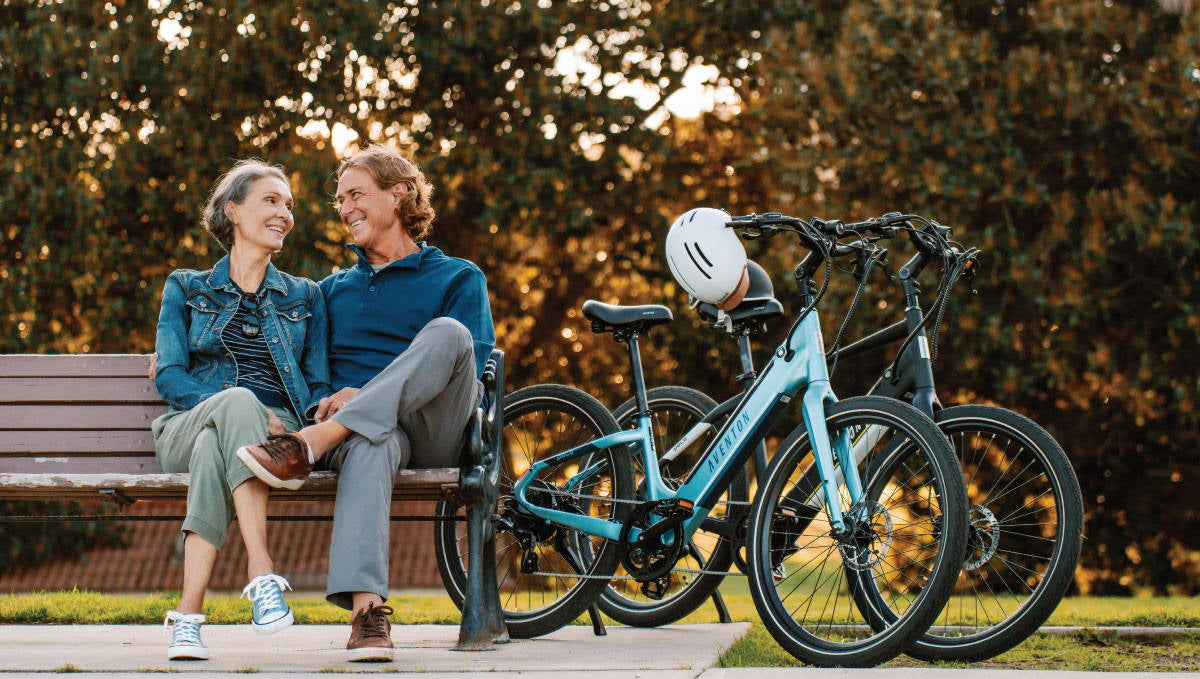
Jan 16, 2025
Step-Through vs. Step-Over: Which Bike Frame Is Right for You?
Consult this step-through vs step-over guide to discover how these bike frames differ and to explore the benefits step-through bikes offer for all types of riders.
Read more
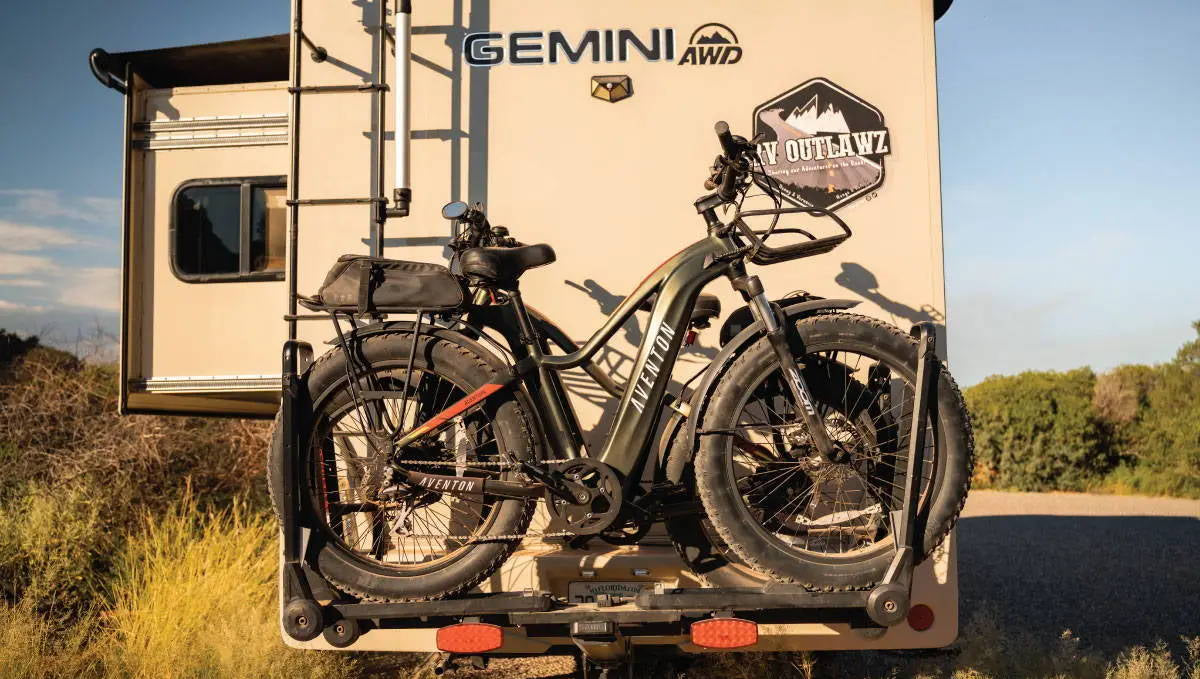
Jan 14, 2025
How to Use a Bike Rack to Transport an Ebike
Use this guide to learn how to properly and safely transport an ebike, including how to use a bike rack for step-over and step-through frames.
Read more
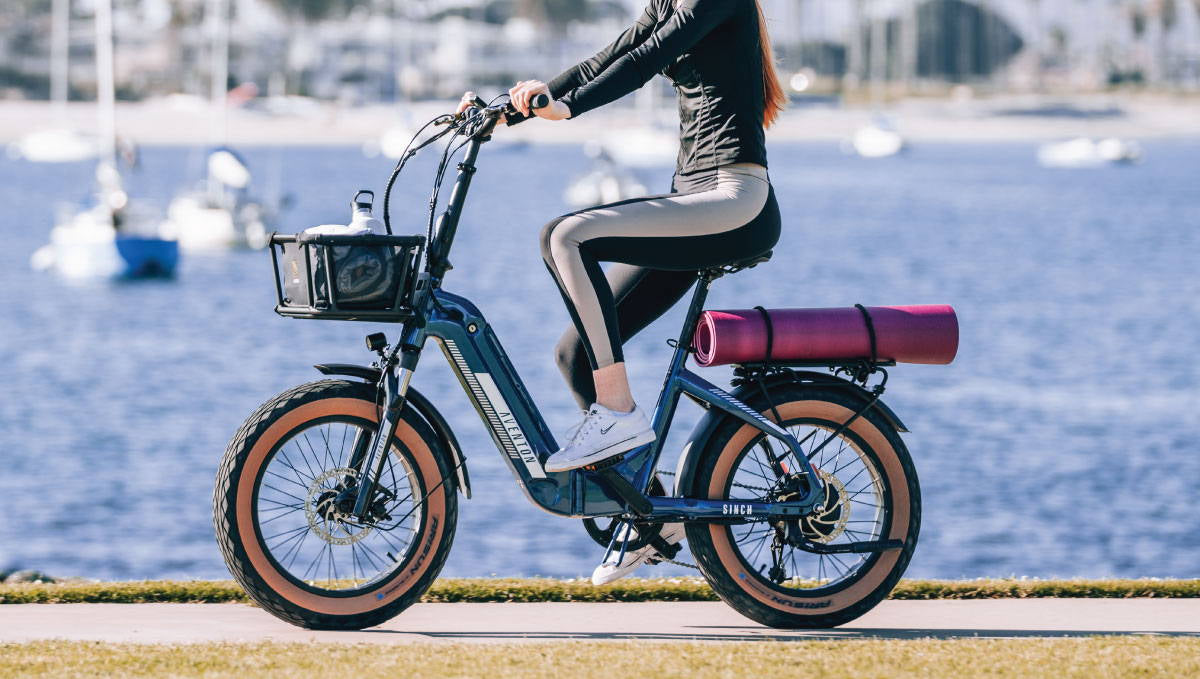
Jan 12, 2025
Best Aventon Accessories 2025
Outfit your ebike for your next adventure or cruise around town with the best Aventon accessories—from cargo-carrying add-ons to bike trailers.
Read more
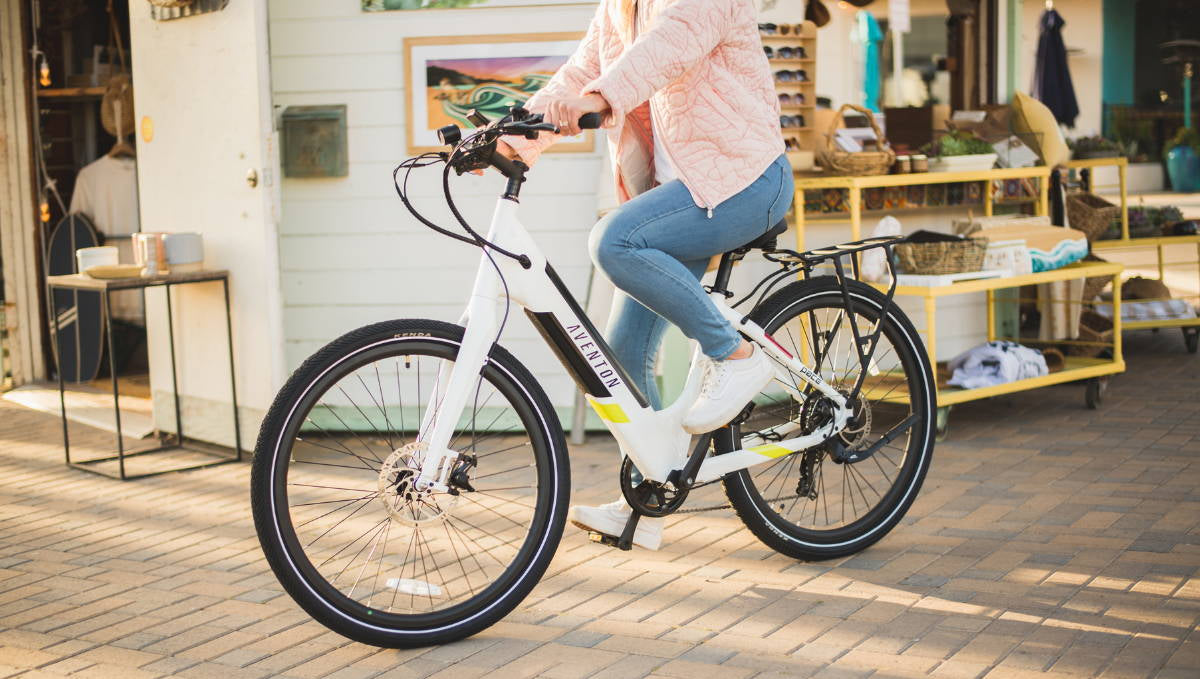
Jan 09, 2025
Ebike Tire Pressure Best Practices
Use this guide to discover how to check and adjust your ebike tire pressure, the ways you can keep your tires in good shape, and how to properly store them.
Read more
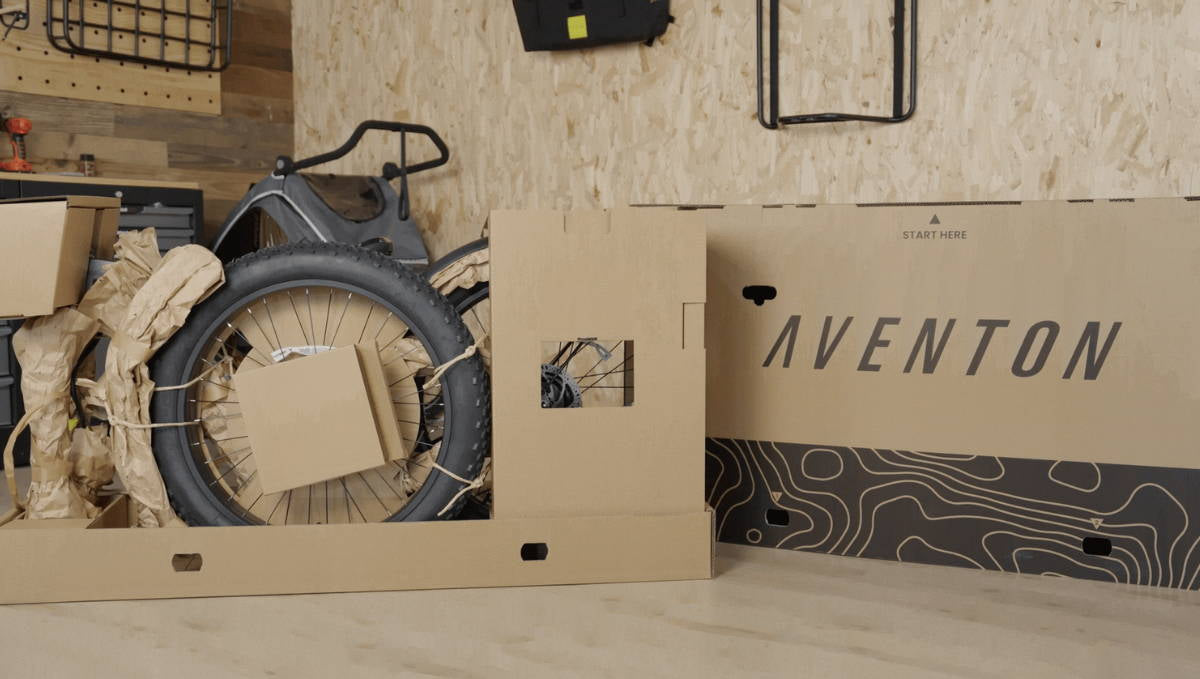
Jan 07, 2025
Aventon’s Sustainable Packaging Unboxed
Explore how Aventon’s sustainable packaging is able to both protect your ebike during shipping and be 99% recyclable. Plus, discover the fun surprise in each box.
Read more
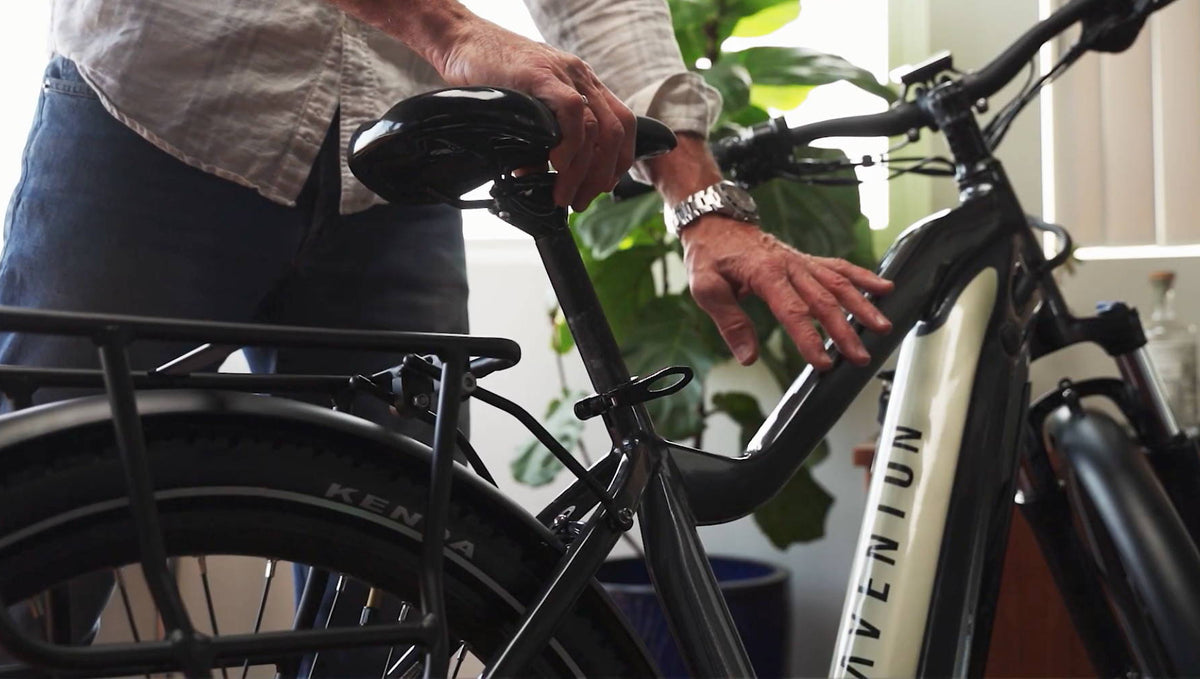
Jan 05, 2025
An Ebike Maintenance Schedule
Keep your electric bike running smoothly. Learn the recommended weekly, monthly, six-month, and annual ebike maintenance schedules and suggested pre- and post-ride tasks.
Read more
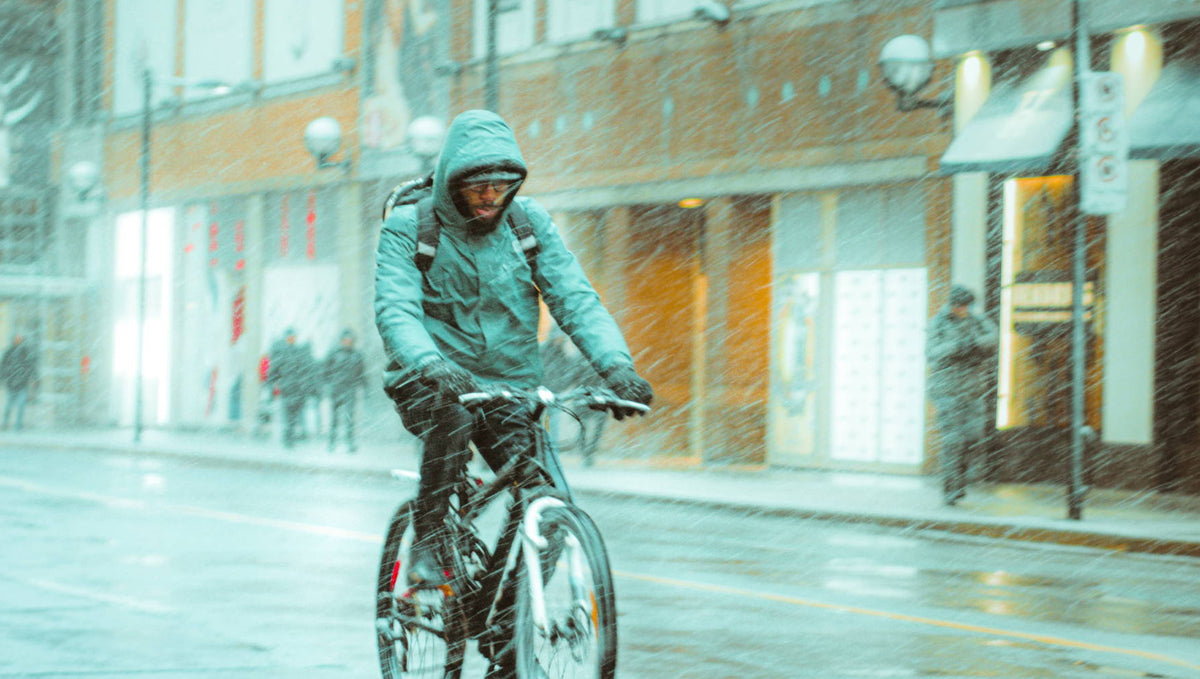
Dec 31, 2024
Are Electric Bikes Waterproof, & Can You Ride an Ebike in the Rain?
Wondering if electric bikes can get wet? Learn all about water-resistance standards, how to protect your ebike from water, and when you need to.
Read more










